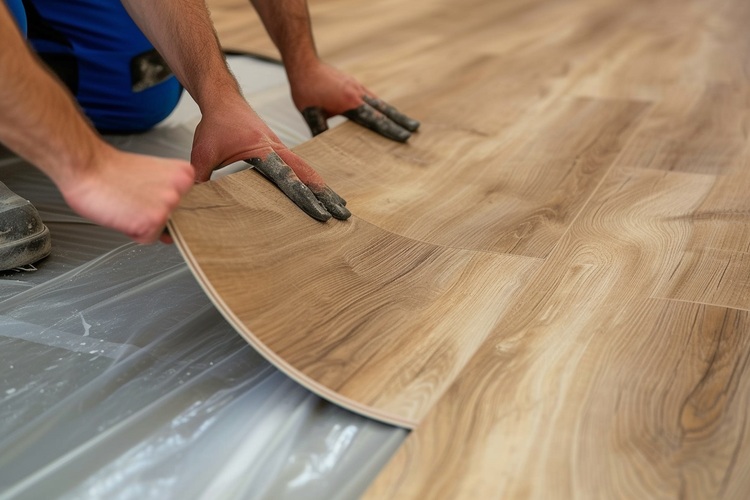Flooring Jobs: Skills, Paths, and What to Expect
Working in flooring brings together hands-on skill, material knowledge, and site coordination. Flooring roles range from installer and finisher to estimator and site supervisor. This article outlines what flooring work involves, how it connects with broader construction projects, the carpentry skills that apply, practical steps to build a career, and realistic ways to look for job opportunities without implying guaranteed openings. The goal is to give a clear, practical picture of the job landscape so you can assess whether flooring work matches your skills and goals.

What does flooring work involve?
Flooring work covers the removal, preparation, installation, and finishing of floor surfaces such as hardwood, laminate, vinyl, tile, and carpet. Installers must read plans, measure accurately, and select appropriate adhesives, underlayments, and trim. Site conditions — moisture levels, subfloor flatness, and access — often dictate approaches. Safety practices, such as proper lifting, dust control, and tool use, are part of daily routines. Attention to detail, steady hand skills, and patience help deliver durable, visually consistent results that meet client expectations.
How does flooring fit into construction?
Flooring is a sequence in many construction schedules, typically following site enclosure and preceding final trim. Coordinating with general contractors, electricians, and finish carpenters is important to avoid rework and ensure timelines align. Flooring professionals may work on new builds, renovations, or commercial fit-outs, each requiring different planning for foot traffic, warranties, and maintenance access. Understanding construction sequencing, material lead times, and on-site problem solving increases a flooring worker’s value on multi-trade projects.
Which carpentry skills apply to flooring?
Carpentry fundamentals such as accurate measuring, cutting, and joining translate directly to flooring. Skills in installing subfloors, creating transition strips, scribing baseboards, and fitting thresholds are common carpentry extensions. Familiarity with power saws, routers, chisels, and nailers speeds installation and improves finish quality. Knowledge of building codes, moisture control, and framing tolerances also helps when addressing uneven substrates or integrating stairs. Flooring technicians who develop carpentry competence often move into supervisory or specialized installation roles.
How to plan a flooring career path?
A flooring career can start with an apprenticeship, on-the-job training, or short vocational courses on installation techniques and materials. Progression often moves from helper to installer, estimator, or crew lead, and may continue into shop management, contracting, or specialty trades like stair or commercial epoxy flooring. Building a portfolio of completed projects, learning to read blueprints, and gaining basic business skills (quoting, scheduling, and client communication) support upward mobility. Continuous learning about new materials and installation systems helps maintain long-term employability.
Where to find flooring job leads?
People commonly look for flooring work through trade schools, local construction firms, installation contractors, and online job platforms. Listing skills on local services or job platforms in your area can increase visibility to prospective employers or clients; these methods are widely used but do not guarantee steady work. Networking with suppliers, attending trade events, and connecting with general contractors often uncovers project-based opportunities. Volunteering for small renovation projects or offering trial installations can help build references and a local reputation over time.
Conclusion
Flooring jobs blend practical carpentry skills, material knowledge, and coordination with other construction trades. Whether you aim to become an installer, estimator, or contractor, developing accurate measuring, safe tool use, and clear communication is essential. Searching for opportunities via training programs, contractor networks, and online platforms can increase chances of securing work, but results vary by market and timing. Evaluating local demand, building a body of quality work, and staying current with materials will help you make informed choices about pursuing a career in flooring.






